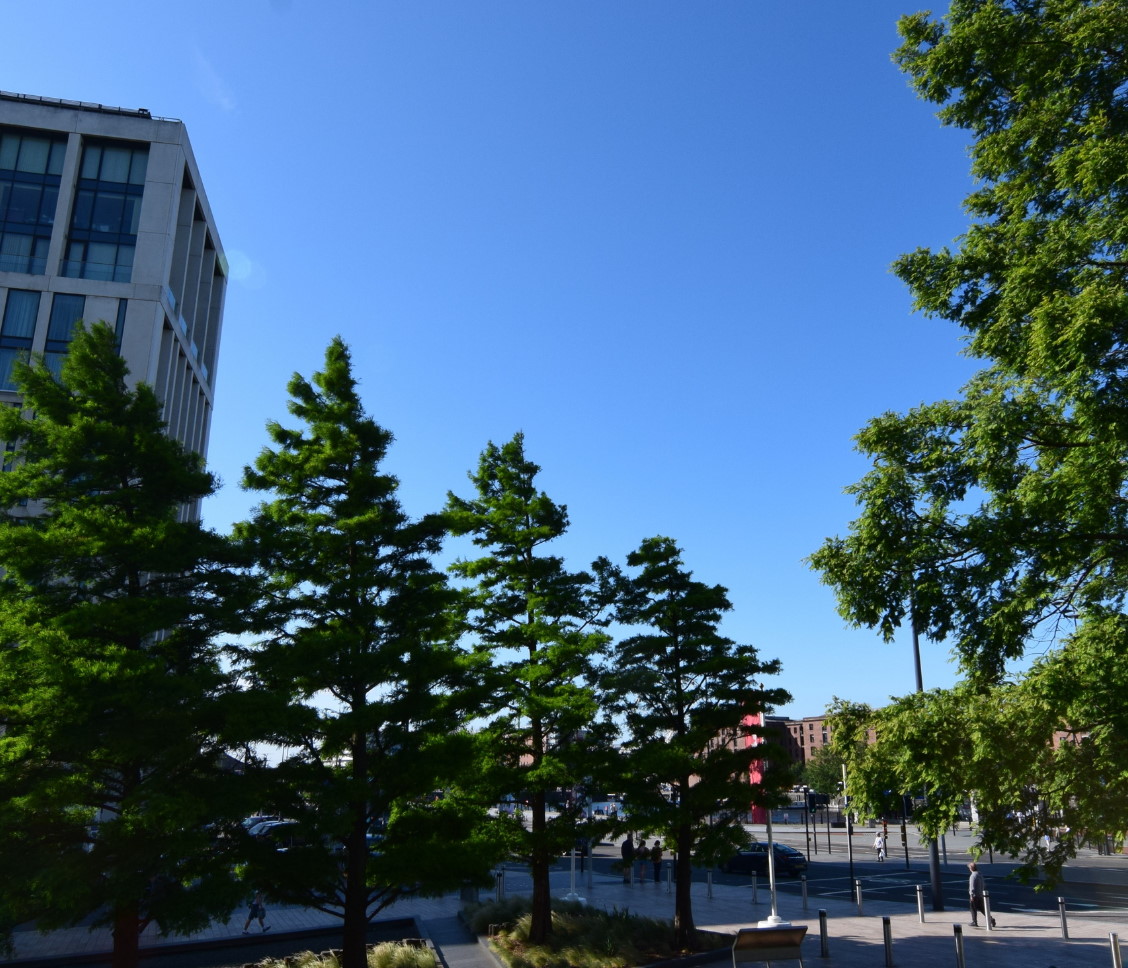
At a project level multifunctional GI can offer an alternative to more traditional heavily engineered single focus solutions. For instance, storm water drainage has generally been designed to move excess rainfall from urban areas as quickly as possible. A GI approach incorporating living roofs, large trees, soft landscape areas and a network of street swales can slow the flow and safely manage large volumes of water providing effective flood protection. But such projects can also achieve multifunctionality by providing areas for recreation and wildlife within the water management features. The water management features themselves can also achieve even wider gains. Living roofs can insulate buildings and large trees shade offices, which reduces the need for air conditioning. All this adds up to multifunctional GI.
At a strategic level GI should achieve multifunctionality by:
- Combing evidence from a broad range of sources
- Highlighting how enhancements can be delivered across relevant strategies and delivery plans
- Identifying inequalities in provision which need addressing
- Bringing together expertise and ensuring that goals are shared by stakeholders
- Being planned as network of features which work together in combination and across areas
